The oche darts origin lies in the need for a standardized throwing distance, ensuring fair play in the pub game we all love; it’s essentially the toe-line! This article delves into the history of the oche, its evolution, and its crucial role in the game of darts, while also covering its dimensions and significance.
⚠️ Still Using Pen & Paper (or a Chalkboard)?! ⚠️
Step into the future! The Dart Counter App handles all the scoring, suggests checkouts, and tracks your stats automatically. It's easier than you think!
Try the Smart Dart Counter App FREE!Ready for an upgrade? Click above!
Unraveling the Oche Darts Origin and Its Historical Context
Understanding the oche darts origin requires a journey back to the roots of the game itself. Darts, in its nascent stages, was far from the regulated sport it is today. Throwing distances varied wildly, often leading to disputes and inconsistent gameplay. The concept of a designated throwing line emerged organically, likely starting as a simple mark on the floor.
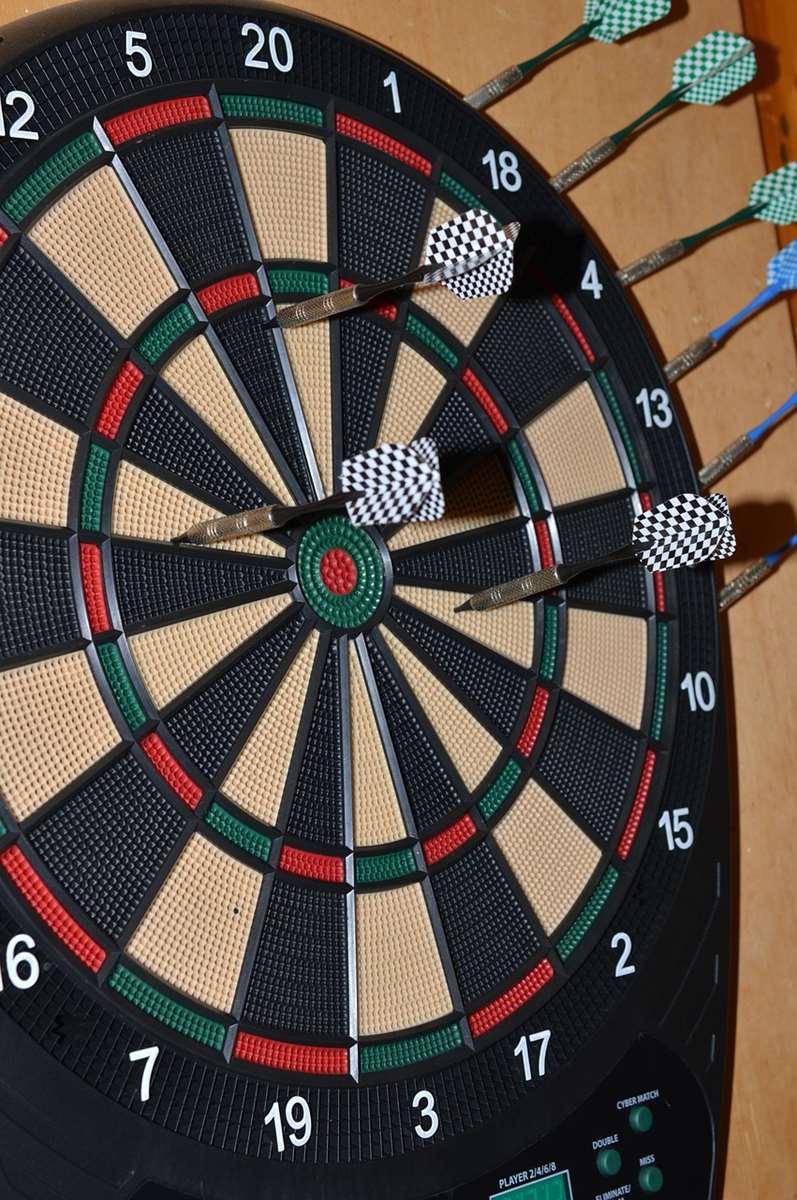
Early iterations of the oche were rudimentary, perhaps a chalk line or a plank of wood. However, as darts gained popularity, particularly in pubs across England, the need for standardization became apparent. This standardization wasn’t just about fairness; it was about creating a more compelling and competitive game. It’s fascinating to consider how such a simple line could have such a profound impact on the development of darts.
From Humble Beginnings to Standardized Measurement
The transition from informal marks to a standardized distance involved a period of trial and error. Pubs experimented with different lengths, seeking a sweet spot that balanced skill and accessibility. There is no single definitive document pinpointing the exact moment the current distance was adopted. The evolution was gradual, driven by practical considerations and a desire for a consistent playing experience. Consider how far the game has come – you can even use a Darts scoreboard app to track your scores!
The Standard Oche Distance: Inches and Feet
Today, the standard oche distance, as defined by most governing bodies, including the World Darts Federation (WDF) and the Professional Darts Corporation (PDC), is 7 feet 9 1/4 inches (2.37 meters) from the face of the dartboard. The height of the dartboard, specifically the bullseye, is 5 feet 8 inches (1.73 meters) from the floor. These measurements are critical for ensuring a level playing field in both amateur and professional darts. Ensuring you know how big is the oche in darts is vital.
It’s worth noting that variations in these measurements, though rare, can occur, particularly in informal settings. However, for any serious competition, adherence to the standard is paramount. Imagine the chaos if every venue had a different throwing distance! The consistency provided by the oche allows players to hone their skills and compete fairly, regardless of location.
Why This Specific Distance? Exploring the Rationale
The precise reason for the 7 feet 9 1/4 inches measurement is shrouded in some mystery. One popular theory suggests it was based on the average reach of a darts player in the early days of the sport. Another possibility is that it was simply a convenient distance that worked well within the confines of most pubs. Ultimately, the exact origin is difficult to verify definitively. What we do know is that this distance has proven to be effective and has stood the test of time.
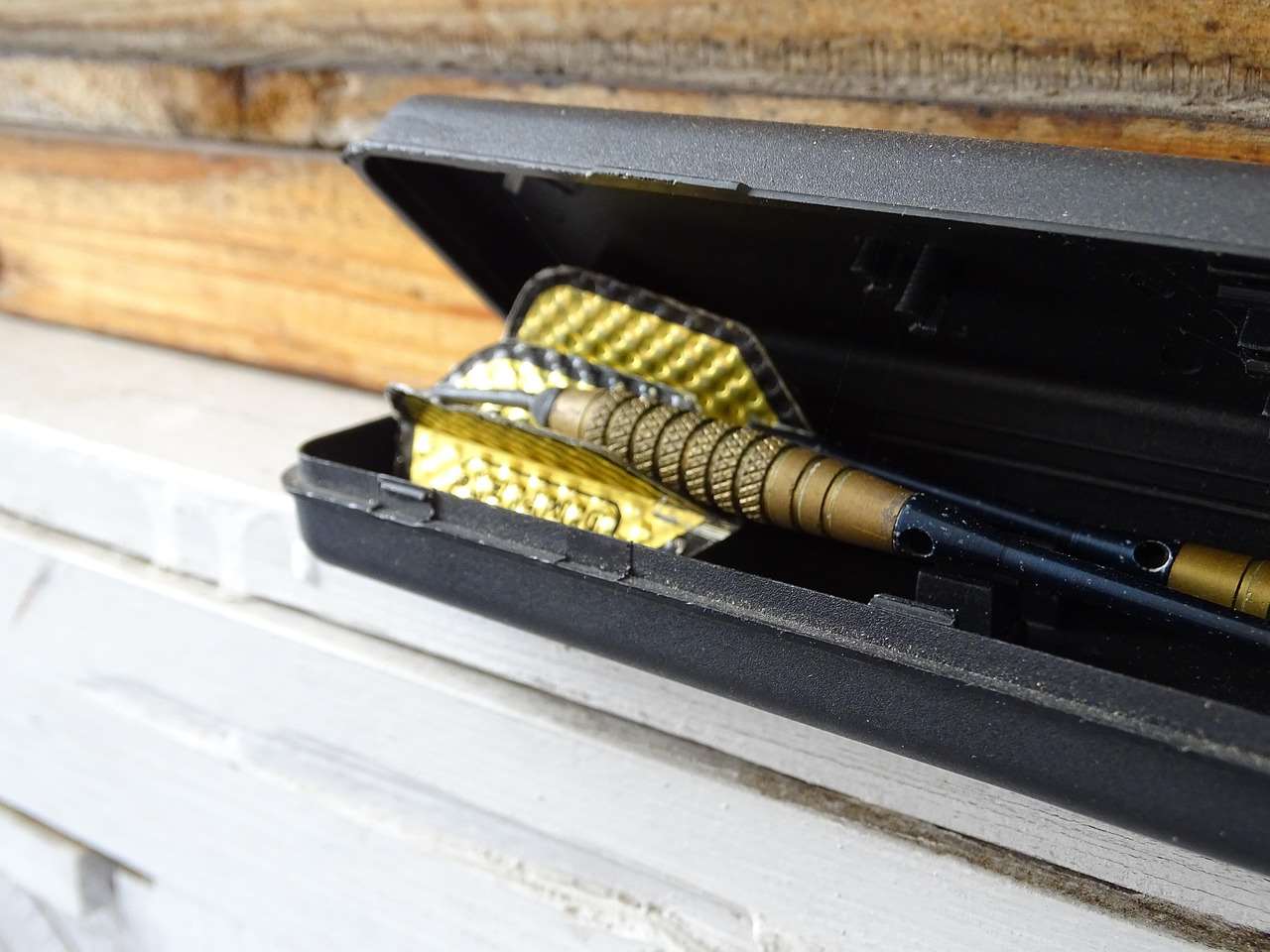
The Oche as a Symbol of Fair Play and Skill
Beyond its practical function, the oche has become a symbolic element in the game of darts. It represents the boundary between the player and the target, the point from which skill and precision are tested. Stepping over the oche is a clear violation of the rules and can result in penalties. Maintaining your balance and focus behind the oche is an essential part of mastering the game.
Think of the oche as the pitcher’s mound in baseball or the free-throw line in basketball. It’s a fixed point that defines the challenge and emphasizes the importance of technique. Without the oche, darts would lose its structure and sense of order. It’s a simple line, but it plays a critical role in the integrity of the sport.
Oche Etiquette: Respecting the Line
Proper oche etiquette is a fundamental aspect of darts culture. Players are expected to respect the line and avoid any actions that could be perceived as unfair or disruptive. This includes refraining from crossing the oche during a throw, avoiding distractions to the opponent, and generally maintaining a sportsmanlike attitude. Remember, even something like darts focus foam can be useful to keep you sharp behind the line.
The oche is not just a physical boundary; it’s a symbol of respect for the game and its participants. By adhering to proper etiquette, players contribute to a positive and enjoyable atmosphere for everyone involved.
Materials and Construction: The Modern Oche
While the early oches were likely simple chalk lines or wooden planks, modern oches are typically constructed from more durable and visually appealing materials. Common options include metal, rubber, and even electronic oches with built-in scoring systems. The choice of material often depends on the specific venue and the level of play. A professional tournament, for example, might feature a more sophisticated oche than a local pub league.
Regardless of the material, the oche must be clearly visible and securely fixed to the floor. It should also be wide enough to prevent accidental stepping over the line. Some oches are even equipped with sensors that automatically detect foot faults. The evolution of the oche reflects the ongoing efforts to improve the overall darts experience.
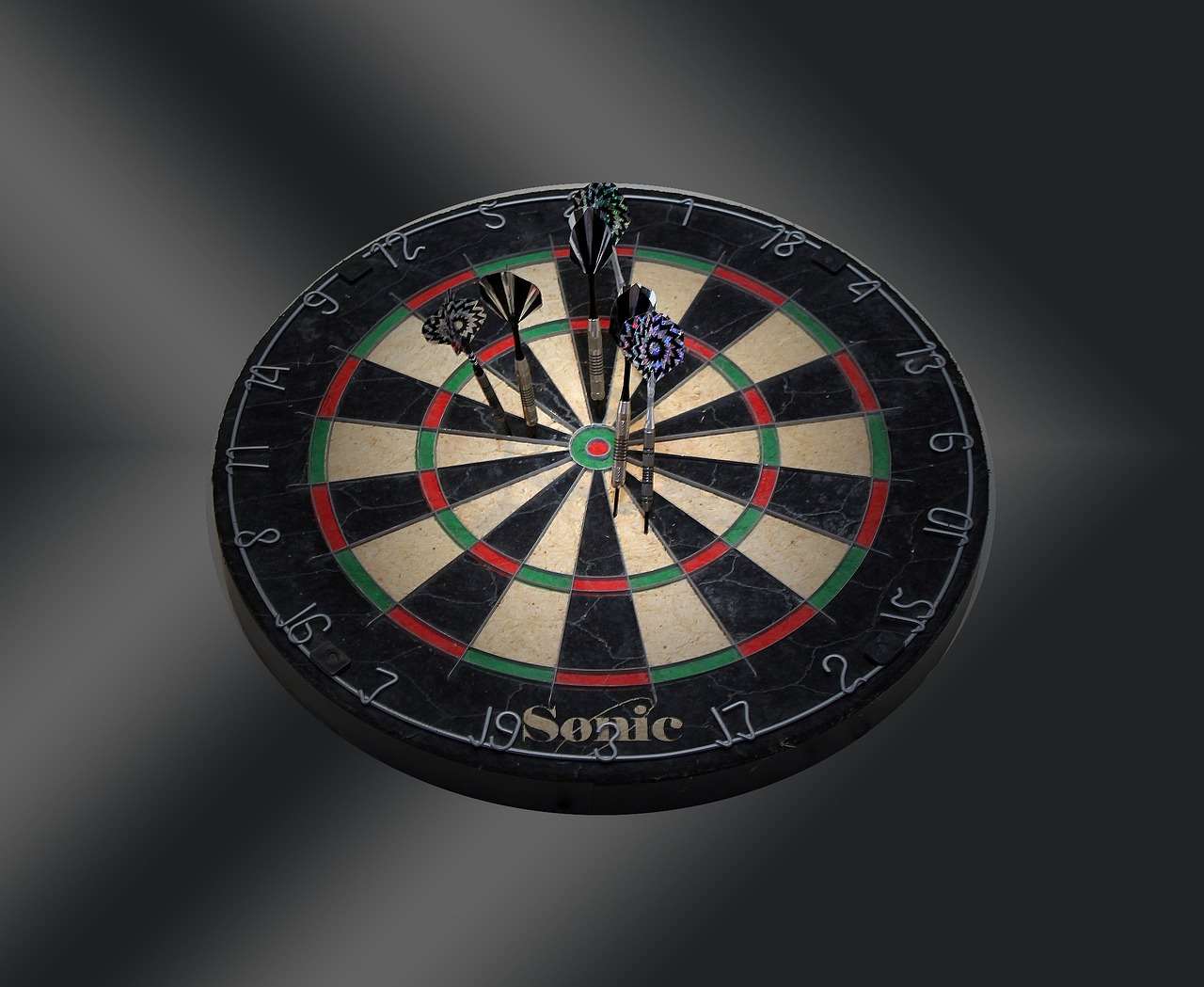
Do-It-Yourself Oche: Creating a Home Darts Setup
Setting up a home darts area is a relatively straightforward process. While you can purchase a ready-made oche, you can also create your own using readily available materials. A simple wooden plank or a strip of durable tape can serve as an effective oche. The most important thing is to ensure that the oche is positioned at the correct distance from the dartboard and that it is securely fixed to the floor. Always double-check your measurements to avoid any inaccuracies.
Beyond the Traditional Oche: Variations and Innovations
While the standard oche dimensions are widely adhered to, some variations and innovations exist. Some venues, particularly those with limited space, may opt for a slightly shorter throwing distance. However, these deviations are generally not permitted in competitive play. The use of electronic oches with built-in scoring systems is becoming increasingly popular, offering a convenient and accurate way to track scores and monitor foot faults. It’s all about embracing technology to enhance the darts experience!
Furthermore, advancements in darts technology also influence related aspects, like the development of flight protectors darts, which contribute to a more consistent and accurate game.
Adjustable Oches: Catering to Different Player Heights
One interesting innovation is the adjustable oche, which allows players to customize the throwing distance to suit their individual height and arm length. While not widely used, this type of oche can be beneficial for younger players or individuals with disabilities. The concept of an adjustable oche highlights the potential for further customization and personalization in the game of darts.
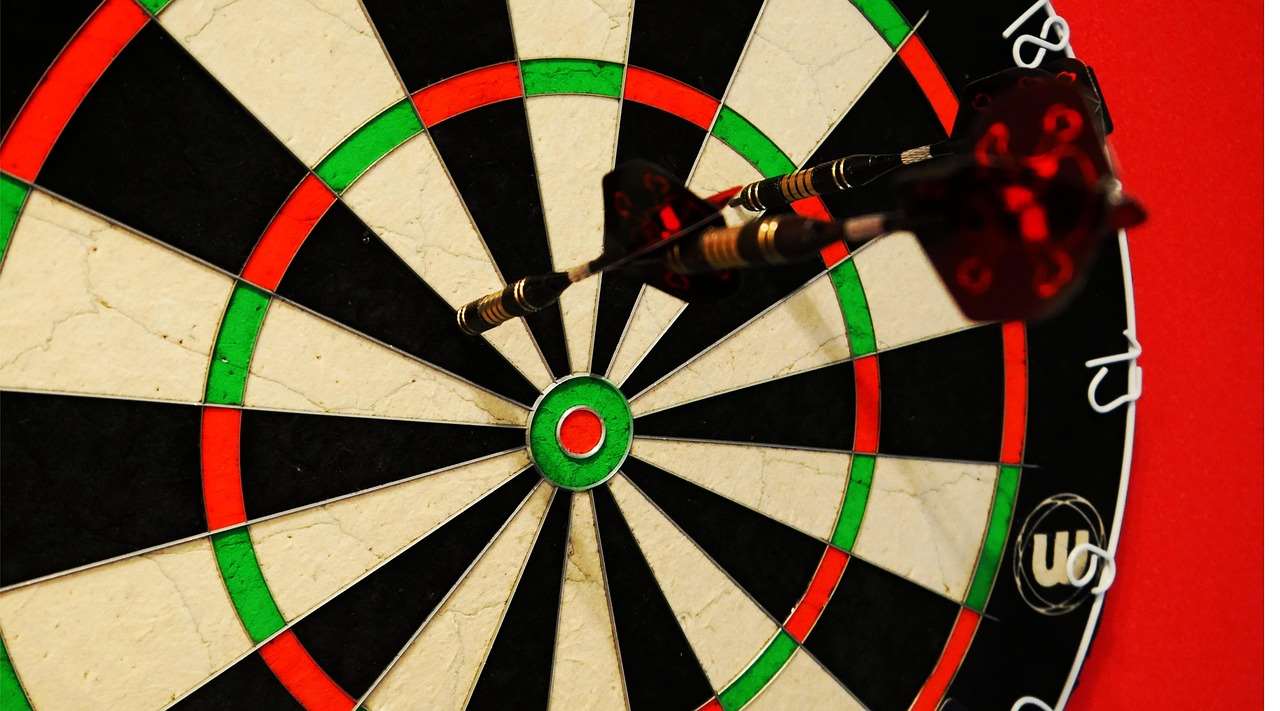
The Future of the Oche in Darts
The oche darts origin might be rooted in simplicity, but its future is likely to involve further technological advancements. We can expect to see more sophisticated electronic oches with enhanced features, such as automatic foot fault detection and real-time data analysis. The integration of virtual reality (VR) and augmented reality (AR) technologies could also lead to new and innovative ways to experience the game of darts, potentially blurring the lines between the physical and digital realms.
The oche, in its essence, will always remain the defining line from where darts are thrown. But the technology surrounding it is sure to evolve. Will we see laser oches? Perhaps oches that can dynamically adjust based on wind conditions (if darts ever moves fully outdoors)? Only time will tell!
Embracing Technology While Preserving Tradition
As darts continues to evolve, it’s important to strike a balance between embracing technological advancements and preserving the traditions that make the game so unique. The oche, in its simplest form, represents the essence of darts: skill, precision, and fair play. While technology can enhance the experience, it should not overshadow the core values of the sport.
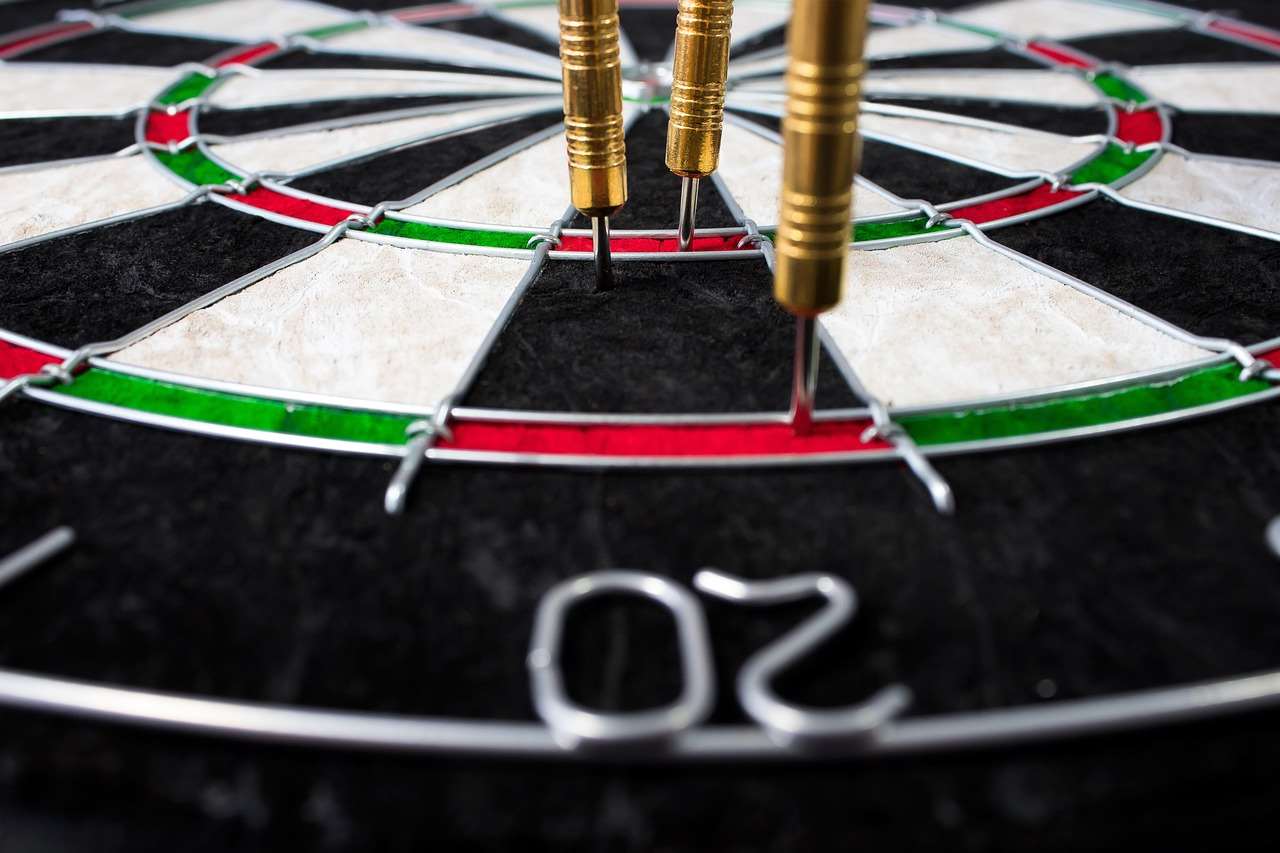
Remember the next time you stand behind the oche, you are partaking in a rich history that spans generations. Appreciate the simplicity of the line, and embrace the challenge that lies ahead. Also, consider who decided where the numbers go on a dartboard to have a better appreciation for the whole game.
The Oche Darts Origin: A Lasting Legacy
In conclusion, the oche darts origin highlights the organic development of a simple, yet crucial, element in the game of darts. From humble beginnings as a rudimentary mark on the floor, the oche has evolved into a standardized and symbolic boundary that represents fair play, skill, and precision. Its dimensions, materials, and even its etiquette have been refined over time to create a consistent and enjoyable playing experience. As darts continues to evolve, the oche will undoubtedly remain a fundamental and enduring part of the sport.
Ready to improve your darts game? Practice your stance, aim, and follow-through from behind the oche and see your scores soar. Check out local dart leagues or purchase your own dartboard to start practicing today!
Hi, I’m Dieter, and I created Dartcounter (Dartcounterapp.com). My motivation wasn’t being a darts expert – quite the opposite! When I first started playing, I loved the game but found keeping accurate scores and tracking stats difficult and distracting.
I figured I couldn’t be the only one struggling with this. So, I decided to build a solution: an easy-to-use application that everyone, no matter their experience level, could use to manage scoring effortlessly.
My goal for Dartcounter was simple: let the app handle the numbers – the scoring, the averages, the stats, even checkout suggestions – so players could focus purely on their throw and enjoying the game. It began as a way to solve my own beginner’s problem, and I’m thrilled it has grown into a helpful tool for the wider darts community.